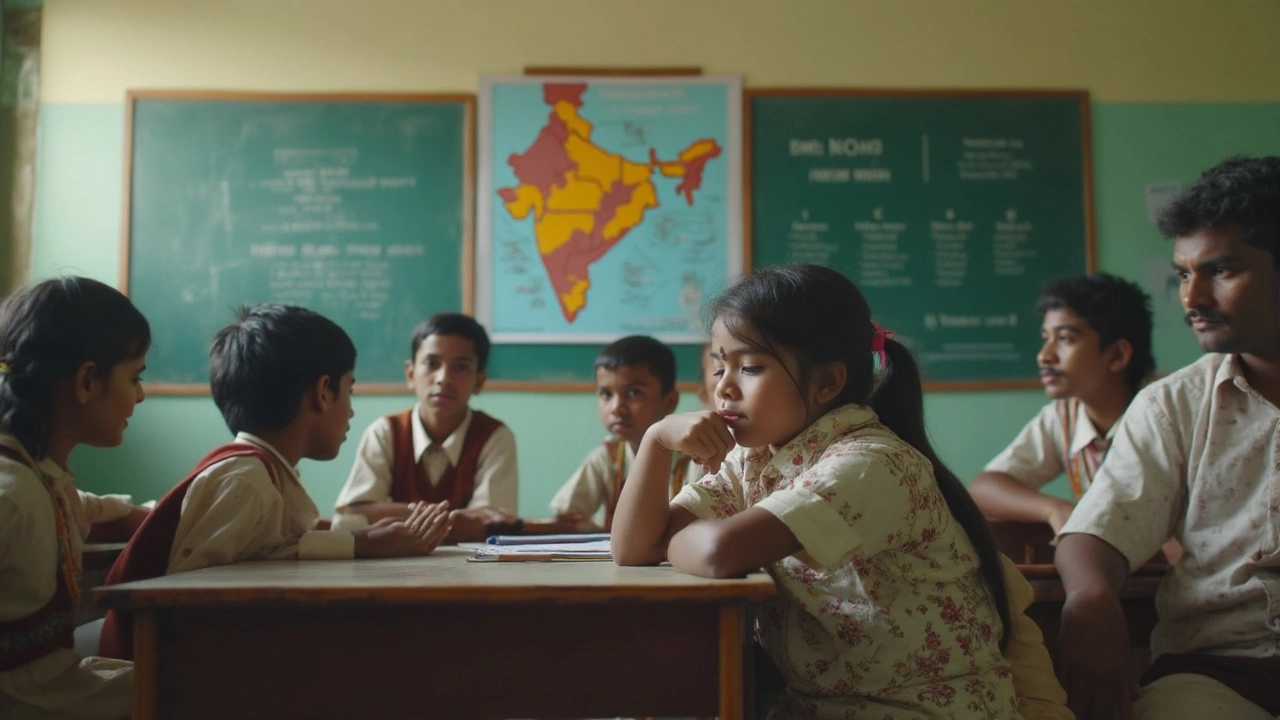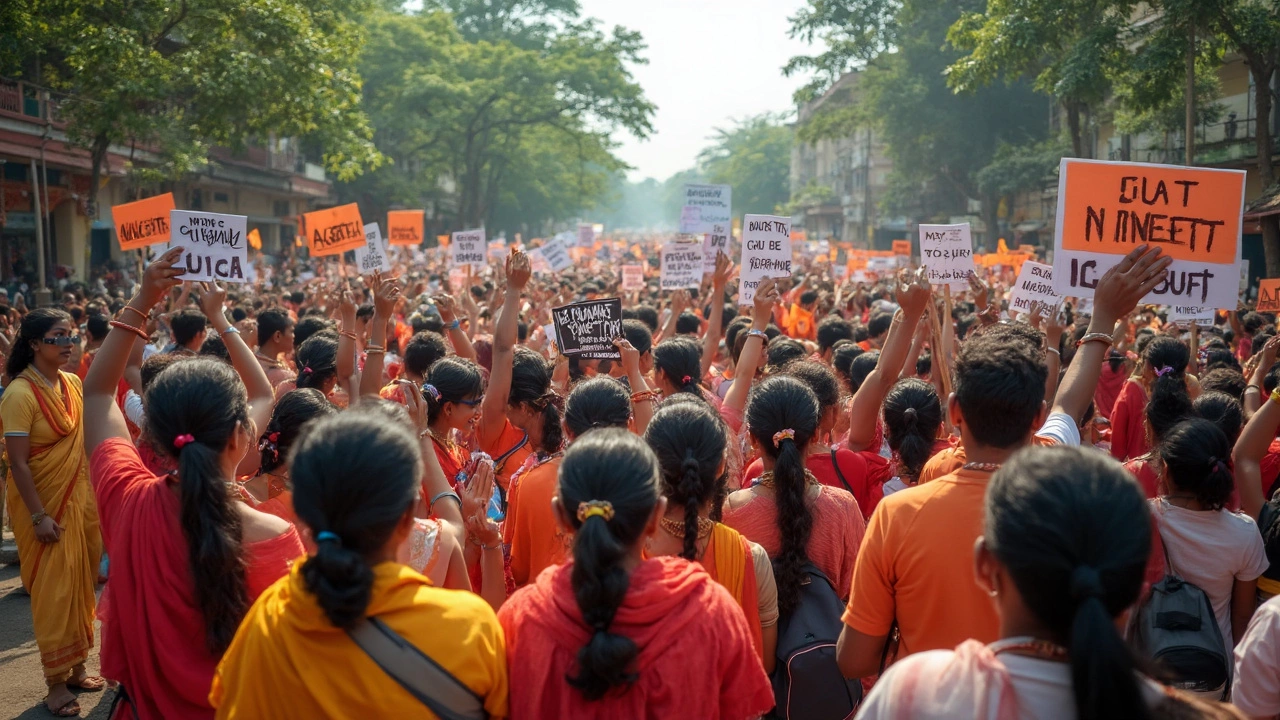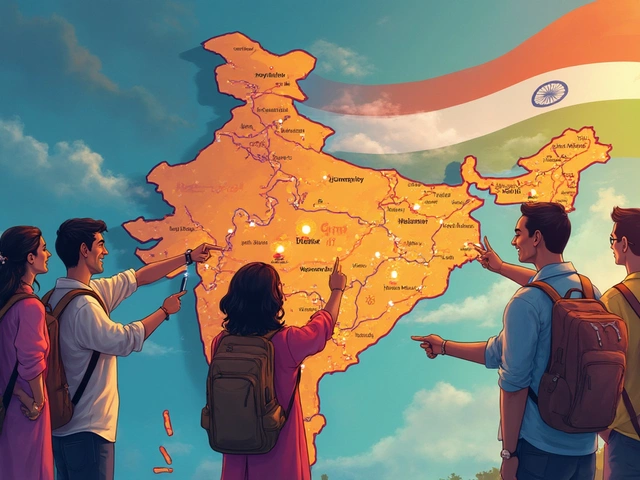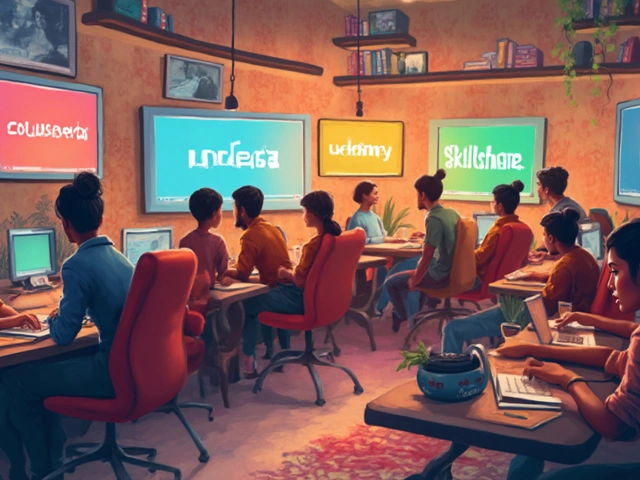For a country obsessed with competitive exams, nothing stirs up more fire in India than NEET—the National Eligibility cum Entrance Test for medical courses. If you think arguing about school uniforms is divisive, try asking how fair NEET is around a dinner table in Chennai or Kolkata. The picture isn’t black and white. Some states have drawn a line in the sand, fiercely opposing the test, while others grudgingly accept it. This isn’t just a fight over a piece of paper. It’s tangled up with language, equity, and the future of lakhs of young students. The voices are loud, and so are the stakes.
The States Pushing Back Against NEET
The *NEET opposition* story is intertwined with regional pride and a deep-seated worry that central standards don’t fit local realities. You’ll see the sharpest pushback from Tamil Nadu, which has become almost synonymous with anti-NEET sentiment. Year after year, Tamil Nadu legislators pass resolutions demanding exemption or total scrapping of NEET, citing how it disadvantages their students—many of whom studied the state board syllabus, not the CBSE curriculum that NEET favors. Since 2021, the Tamil Nadu Assembly has even tried passing a NEET-exemption Bill more than once. But the central government hasn’t blinked, and the President hasn’t approved it. In 2023, over 17,000 students in Tamil Nadu failed to qualify NEET on their first attempt, igniting more protests.
West Bengal is another state on the resistance front. Here, the issue isn’t just about academic mismatches but also language barriers. Many students in Bengal’s rural belts study in Bengali-medium schools, making NEET—mostly offered in English or Hindi—a nightmare. Political leaders, including Mamata Banerjee, have called for reconsideration, saying local entrance exams would be fairer. Back in 2022, protests erupted in Kolkata after the results revealed massive disparities between state board and CBSE students.
You also find grumbling in states like Maharashtra, Andhra Pradesh, and Kerala. But while the opposition isn’t as fierce or organized as Tamil Nadu’s, student groups and some local leaders have taken up the cause. Their main gripe? NEET overrides the diversity in their syllabuses and puts rural or poor students at a disadvantage. In Maharashtra, for example, colleges that once filled seats through the state CET (Common Entrance Test) have seen an increasing number of seats go to CBSE-taught candidates post-NEET, drawing anger from student unions. In Andhra Pradesh and Telangana, debates rage every exam season about whether a national test truly recognizes local talents.
Why These States Oppose NEET: Local Realities and Deep Concerns
The broadest reason states cite is an uneven playing field. Let’s break it down. State board students—especially those from villages or marginalized backgrounds—often don’t have access to the same resources as urban, English-medium CBSE kids. NEET’s syllabus is tightly tied to CBSE’s, so state board students wind up cramming for an extra syllabus year—often with the help of expensive private coaching centers. For many families, paying for such coaching is a non-starter.
Tamil Nadu, again, is a prime example. The state’s education system is built on the idea of access and equity: since the 1950s, reservation policies boosted participation from OBC, SC, and ST communities. NEET disrupts this model, making social mobility tougher. Reports from 2023 showed that nearly 80% of medical college entrants in Tamil Nadu who cleared NEET came from urban, well-off families. This pushes the disadvantaged further out. Student suicides linked to NEET results have stoked public anger—it’s no exaggeration to say that in parts of Tamil Nadu, NEET is a four-letter word.
Language is another stress point. While NEET’s range of languages has expanded, the bulk of exam materials and preparatory resources still lean on English or Hindi. For a Bengali-medium or Marathi-medium student in a rural school, reading complex biology questions in an unfamiliar language can feel impossible. Parents in West Bengal, for instance, accused the system of being stacked against their children. In 2024, the West Bengal Council of Higher Secondary Education even recommended aligning its curriculum more closely with NEET—but that came with its own controversies around cultural autonomy.
Here’s an interesting stat: roughly 16% of all NEET applicants in India in 2023 came from just two states—Tamil Nadu and Maharashtra. Yet, pass percentages were much lower than the national average among state board students in these regions. The numbers back up what people on the ground already feel about fairness. And when fairness gets questioned, protests are never far behind.

Impact on Students and Communities
So what’s it like on the ground if you’re a 17-year-old in Salem or Siliguri staring down one of India’s toughest tests? Stress, uncertainty, and long hours at coaching centers that your family probably can’t afford. Stories keep coming out of promising students giving up on their medical dreams, opting for other careers because of NEET’s one-size-fits-all approach. The demand for costly crash courses and coaching programs has exploded in the last few years. In cities like Madurai or Nashik, new coaching centers seem to spring up after each NEET cycle, feeding off the anxiety.
There’s a heavy emotional toll, too. Media outlets in Tamil Nadu and West Bengal have reported on student suicides traced directly to NEET pressure. The Tamil Nadu government says about 20 student suicides in the last five years can be linked directly or indirectly to NEET anxiety or failure. That’s a heart-stopping reality, not just a statistic. When you talk to students, they complain about feeling lost: their school teachers, trained in the state board syllabus, can’t always help them crack NEET’s CBSE-focused questions.
Parents often have to make gut-wrenching choices: fork out for a coaching program at the cost of family savings, or let their kids take a wild shot at NEET and hope for the best. The urban-rural divide is more obvious than ever. During my last trip to Chennai, I met parents who had rented small apartments in the city, leaving behind their homes in the countryside, just so their children could attend better NEET coaching centers. For many, it feels like the only shot at a professional future.
If you look at admission stats, the differences become glaring. Take this sample data from 2023:
| State | NEET Applicants | Pass Percentage | State Board Entrants (Govt Med Colleges) |
|---|---|---|---|
| Tamil Nadu | 1,42,324 | 54.4% | 23% |
| Maharashtra | 1,79,106 | 52.1% | 28% |
| West Bengal | 94,785 | 49.2% | 19% |
| Kerala | 1,15,637 | 60.4% | 35% |
Notice the huge gap between total applicants and state-board entrants. The message from the numbers? State systems and NEET aren’t perfectly aligned, and that’s hurting a lot of kids.
The Ongoing Tug-of-War: Legal, Political, and Social Flashpoints
Legal battles over NEET haven’t stopped since the test’s introduction in 2016. States like Tamil Nadu have gone to the Supreme Court, arguing that NEET violates not just state autonomy, but also the Constitutional rights of marginalized communities. The Centre, on the other hand, stands firm that a single national test maintains fairness and cracks down on widespread corruption in medical admissions.
In 2021, lawmakers from Tamil Nadu, West Bengal, and Maharashtra asked for a parliamentary review of the NEET policy, citing both educational disparity and high-profile student suicides. Opposition parties used NEET as a major plank in their state election campaigns. Some even pledged to fight for regional entrance exams if elected. In the 2024 general elections, NEET cropped up once again, especially in the South, where it became a litmus test for whether politicians ‘got’ the local experience or not.
Amid all this, reform ideas keep swirling. Some educators propose a two-tiered entrance: one national, one local, so state board students aren’t squeezed out. Others want NEET’s syllabus to include more regional boards’ content or be offered in more regional languages with higher quality translations. The debate isn’t just about admissions; it’s about control. Who decides what’s fair and who gets in? Should the Centre have the final say, or should states be allowed to carve out their own path?
One thing’s clear: this tug-of-war shows no sign of slackening. Parents in Chennai, students from Aurangabad, and teachers in Bankura agree on one thing—NEET, in its current avatar, is a tough fit for everyone except those who already have an edge. If the test is here to stay, giving a fairer chance to every aspirant, state-board or CBSE, is top priority. Until then, the NEET debate is set to rage on, moving from Parliament, to courtrooms, to the anxious whispers at study tables across the country.











